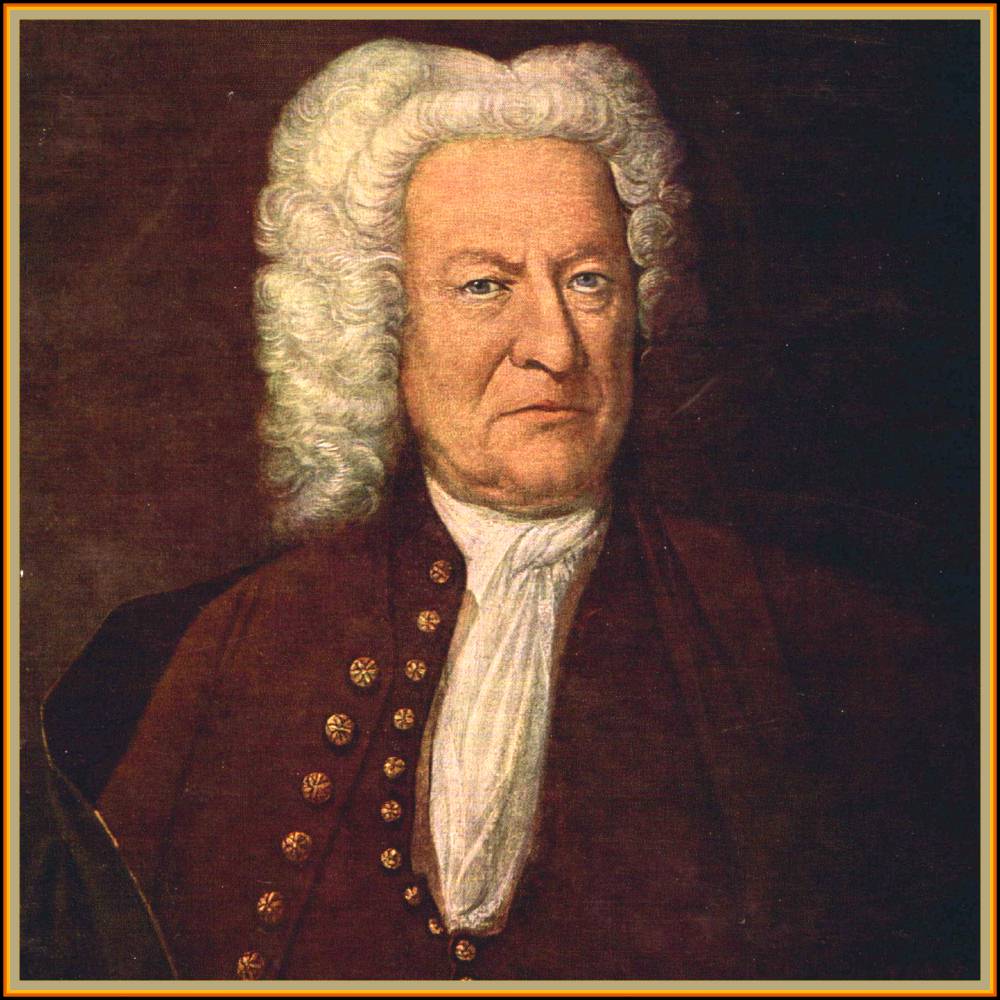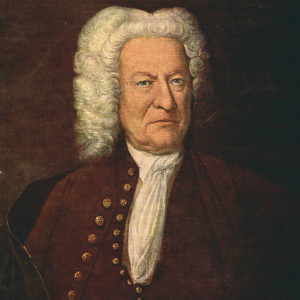 Bach: Altersbild - Portrait in old age |
 
BHP 909
Joseph & Grete Dichler
|
1: Contrapunctus I - Simple Fugue on the Main Subject
6: Contrapunctus V - Stretto Fugue in contrary motion, variation of Theme
11: Contrapunctus IX - Double Fugue with main and new subject
15: Contrapunctus XII a 4, Rectus / Inversus
18: FUGA a 3 Soggetti (Unfinished) Total playing time 76:07
|
The Art of the Fugue
(Die Kunst der Fuge), though not Bach's own title, appears to have been intended as, and effectively provides, a complete treatise on the art of fugal composition, dealing with every type of fugal treatment from the simplest to the most complex.
In the Art of the Fugue lies some of the most structured, and structurally complex music ever composed, yet in its complexity and structural integrity lies the secret of its beauty, a beauty which can indeed be experienced and enjoyed without any knowledge or awareness of the underlying structure whatsoever.
The relationship between structure and emotion was expressed indirectly by Bach during the artistic dispute between himself and Scheibe during the years 1737-1739:
The true amenity of music consists in the connection and alternation of consonances and dissonances without hurt to the harmony. The nature of music demands this. The various passions, especially the dark ones, cannot be expressed with fidelity to Nature without this alternation.
In Bach's view of nature and harmony, the connection and alternation of consonances and dissonances was governed by counterpoint. And it is the timeless value of counterpoint, way beyond the scope of old and new techniques, styles, or manners of composing, that he thought needed to be upheld. Thus he devised a plan that would center systematically on fugal composition, and The Art of the Fugue was born.
Bach gave no instructions on instrumentation: this was, and is pure music, which can be performed and heard through any instrumental medium, the essential requirement being that the structure, the clarity of component elements is always crystal clear. Looking through our catalogue it seems (a little to the editor's surprise!) that we have explored quite a few options, ranging through organ, orchestra, pedal-harpsichord, and here, two pianos.
The order of fugues and canons in the Schmieder Catalogue. (BWV) simply reflects the random order in which the printing plates had been bundled together after Bach's death. Though this order is normally used in performances and recordings, it does not provide a coherent program for ideal listening. Bach's own rule was: begin with simplicity, move towards complexity. We have respected this natural order; however since the complete work is far too demanding to be heard in one sitting, we offer the work as two programs each complete in itself, each offering all the major structural forms, each starting with simplicity then continuing into increasing complexity, and each ending with a powerful Triple Fugue.
When listening to the different fugues one can follow clearly the contrapuntal patterns; yet at the same time one is moved by the sheer beauty of the music itself. Anyone who passes over this work as a dry academic exercise is missing some of the most powerful music of the baroque era.
We have added a fugue which Bach left uncompleted on his death, the manuscript was included with the Art of Fugue. Also added is a Chorale which Bach dictated to Altnikol as he lay blind after a failed cataract operation. Titled 'Before Thy Throne oh Lord I Stand', it may be considered as an appropriate conclusion and tribute.
|
How, as we listen to this late work, may we visualize the Master in his latter years?
One popular portrait of Bach is by Elias Gottlieb Haussmann, Court Painter at Dresden. Bach is seen holding a fragment of a Canon. Though widely used in musical literature today, is this indeed an accurate image of the Master? Haussmann painted the portraits of several of Leipzig's Mayors, and on close inspection one is struck by the fineness of the brushwork and accuracy of detail - in complete contrast to the hurried brushwork, rough strokes and lack of detail in Haussmann's Bach portrait. There is in fact an old Leipzig tradition, that Bach was always in a hurry, would never sit for long, and that Haussmann complained he was never able to finish the work properly. Be that as it may, an alternative is the wonderful Altersbild, the Portrait of Bach in Old Age published in 1904 as Volume IV part 2 of the New Bachgesellschaft. Here, surely, is the strict yet compassionate face of the Bach whose latter years gave us the B-Minor Mass, the Goldberg Variations, the Musical Offering and the Art of the Fugue.
|
